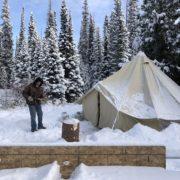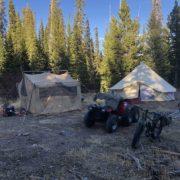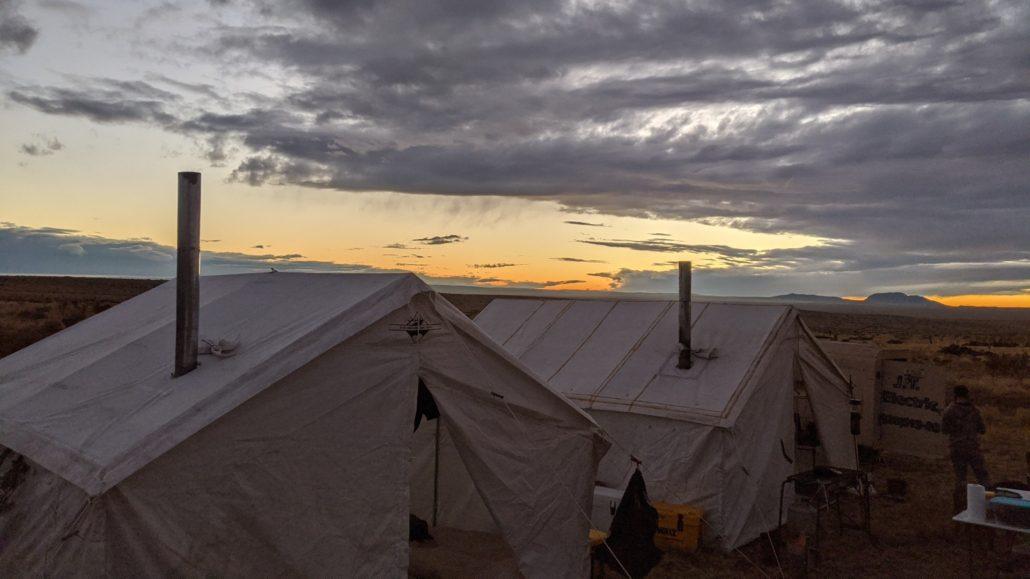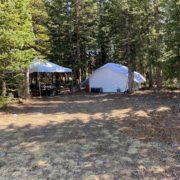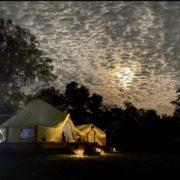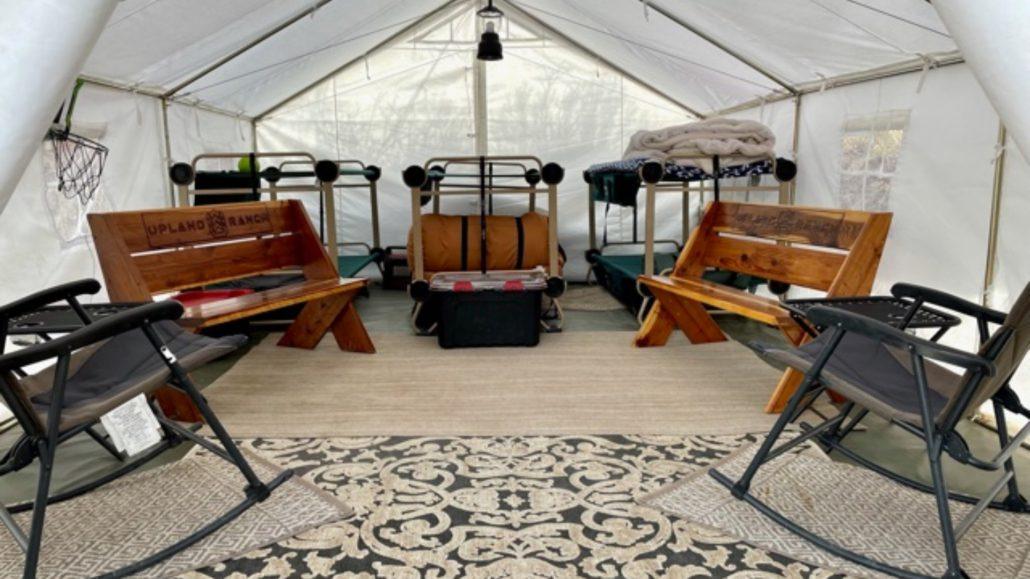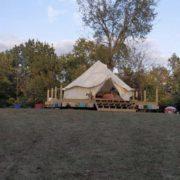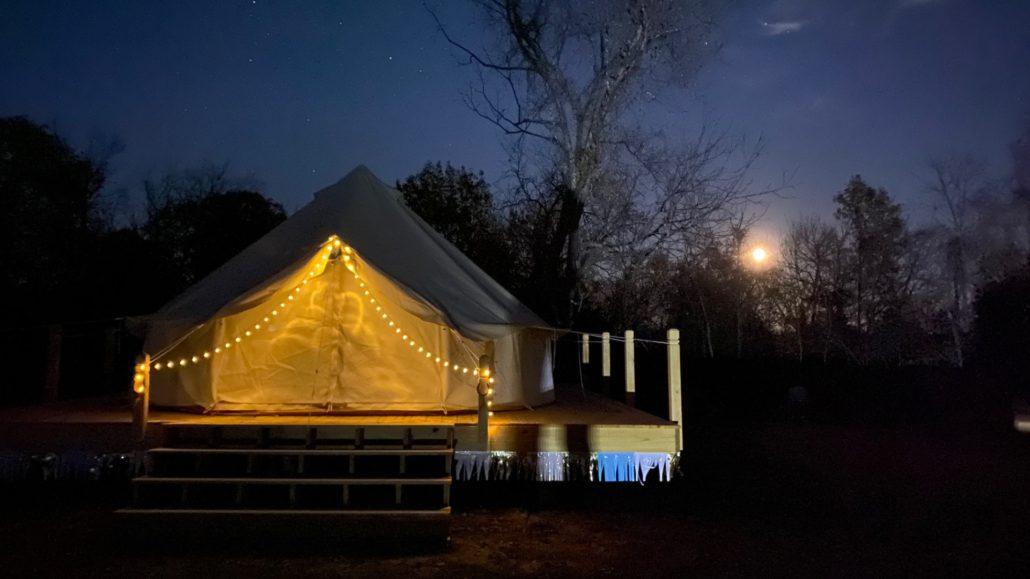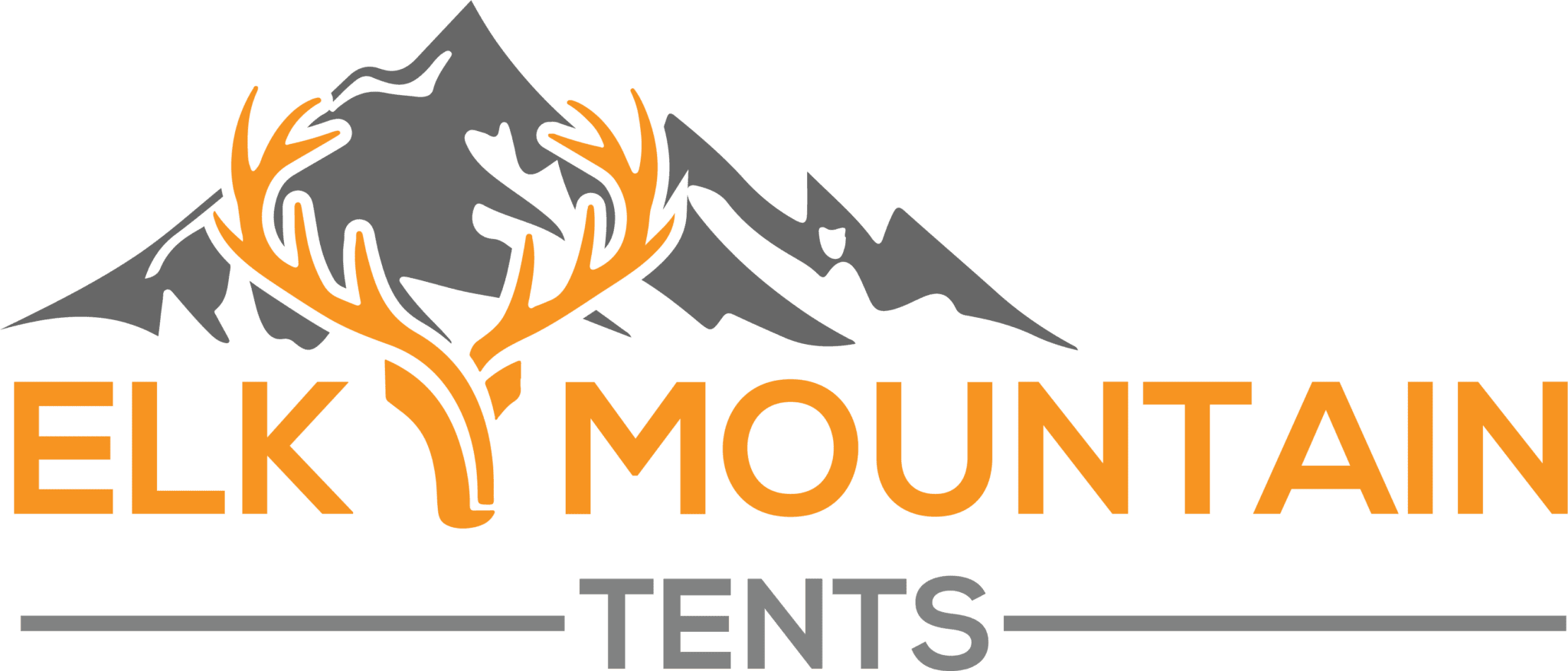Elkmountaintents Canvas Wall Tent Awning Instructions: How to Set Up and Take Down Like a Pro
Elkmountaintents Canvas Wall Tent Awning Instructions: Everything You Need to Know
Elkmountaintents is a reputable company that specializes in the production of top-quality canvas tents with awnings, accessories, and gear for outdoor enthusiasts. Among the range of products available is the Canvas Wall Tent, which is a spacious and durable tent ideal for hunting, camping, and glamping adventures. To make your outdoor experience even better, the Canvas Wall Tent comes with an awning that provides extra shade and shelter. In this article, we will guide you on how to set up and take down your Elkmountaintents Canvas Wall Tent awning like a pro.
Setting up the Awning
Step 1: Find a Suitable Location
Before setting up the awning, you need to find a suitable location with enough space and stability to support the awning. Choose an area with level ground and a clear overhead space to avoid obstructions such as trees and power lines.
Step 2: Attach the Awning Pole
The first step in setting up your awning is to attach the awning pole to the front of the tent. Start by inserting the awning pole into the brass grommet on the front of the tent. Then, slide the other end of the pole into the awning pole bracket on the side of the tent. Make sure the awning pole is secure and straight.
Step 3: Attach the Guy Lines
Attach the guy lines to the awning pole and stake them into the ground using the included stakes. You can adjust the tension of the guy lines to ensure that the awning is stable and doesn’t sag.
Step 4: Deploy the Awning
Now, it’s time to deploy the awning. Pull the awning fabric over the awning pole, making sure that the fabric is taut and even. Then, secure the awning to the ground using the included stakes and guy lines. You can adjust the height of the awning by moving the awning pole up or down in the awning pole bracket.
Taking down the Awning
Taking down the awning is just as easy as setting it up. Follow the steps below to safely and efficiently take down your Elkmountaintents Canvas Wall Tent awning.
Step 1: Remove the Stakes and Guy Lines
Start by removing the stakes and guy lines from the ground. Coil the guy lines and store them in a safe place. You can keep the stakes in the stake bag that comes with the tent.
Step 2: Remove the Awning Pole
Next, remove the awning pole from the awning pole bracket on the side of the tent. Gently slide the pole out of the brass grommet on the front of the tent.
Step 3: Fold the Awning Fabric
Fold the awning fabric neatly, making sure that there are no wrinkles or creases. You can use the included storage bag to store the awning fabric.

FAQs
Q: Can I set up the awning by myself?
A: Yes, you can set up the awning by yourself, but it’s always helpful to have a second person to assist you.
Q: How long does it take to set up the awning?
A: The amount of time it takes to set up the awning depends on your experience and the weather conditions. Generally, it takes between 10-20 minutes to set up the awning.
Q: How do I clean my awning?
A: To clean your awning, use a mild soap and water solution. Scrub the fabric gently with a soft-bristled brush, and rinse thoroughly with water. Avoid using harsh chemicals or bleach, as this can damage the fabric.
Q: Can I leave the awning up in the rain?
A: The Canvas Wall Tent awning is made from durable and waterproof canvas material, but it’s always best to take down the awning in heavy rain or windy conditions. Leaving the awning up in adverse weather conditions can put extra strain on the tent and awning poles and may cause damage.
Q: Can I customize my awning?
A: Elkmountaintents offers custom printing services for their Canvas Wall Tent awning. You can add your logo, design, or personal message to your awning to make it unique and personalized.
Q: How do I store my awning?
A: To store your awning, make sure it’s clean and dry before folding it neatly. You can store the awning in the included storage bag or a dry, cool place out of direct sunlight.
Conclusion
The Elkmountaintents Canvas Wall Tent awning is a great addition to your camping gear, providing extra shade and shelter in the great outdoors. With proper setup and takedown, your awning can last for many camping trips to come. Remember to always follow the manufacturer’s instructions and safety guidelines when setting up and taking down your awning. With a little practice, you’ll be a pro at awning setup in no time. Happy camping!

